Originally published in Motor Trend Presents 100 years of the Automobile in America (1995); republished by the author
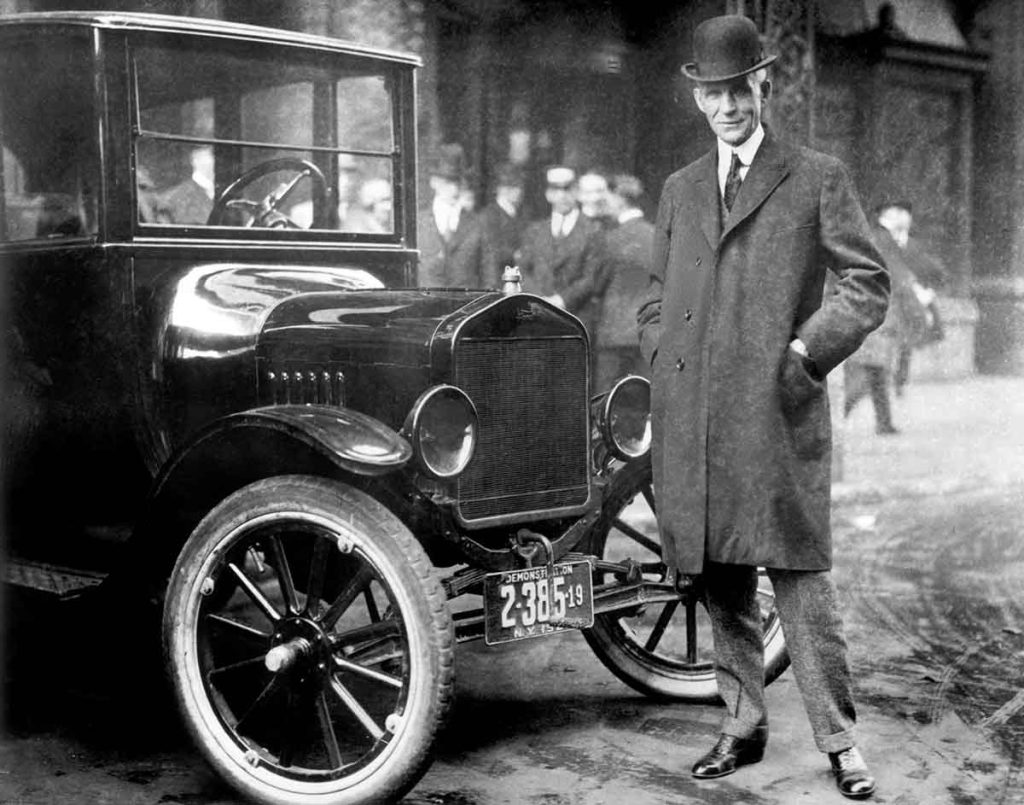
Henry Ford stands with the Model T
Set the handbrake, open the throttle lever slightly, set the ignition timing lever at “full retard,” and close the carburetor choke by pulling a wire protruding through the radiator. Then, with the ignition off and using the handcrank, turn the engine over gently several times. With the ignition on, give the crank a quick spin making sure not to wrap your thumb around the handle, because a backfire could easily break your thumb or wrist. If you did everything right, the engine would shake with apparently random pops and then rev nervously until you ran back to the steering wheel to back the throttle off and advance the timing.
That’s how a Model T was started. What the Model T started, however, was much greater than this simple operation would suggest. It was a car that changed America, putting it on wheels, expanding its horizons, altering the way it worked, where it lives, and even how it played. Henry Ford had planned a revolution, but the eventual scope exceeded even his grand expectations.
When the first production versions of the Model T trickled into the showrooms in late 1908, America was vastly different from what it is today. Los Angeles was a city of just more than 100,000. The tallest building in New York soared a mere 29 stories. Telegraphs provided long-distance communication, and telephones were in wealthy homes only and limited to a local range. Electric light was in the homes of a few city dwellers. Commercial radio was in the future; only newspaper supplied the news. And despite a burgeoning number of automobile manufacturers – mostly short-lived – the automobile was but a small part of American life. The horse (and his scatological pollution, a yellow-brown dust in dry weather and worse in wet) still dominated the transportation scene. Even urban horse-trolley service was just becoming electrified. Rural roads were “unimproved,” a euphemism for three ruts between the fields, two for the wagon wheels and one for the horse. A five-mile jaunt from the farm into town was a daylong affair, and a visit 10 miles away was an epic journey. Indeed, few Americans traveled that far from home in their entire lives. Numbered routes were nonexistent until 1921. Looking back from these days of “ho-hum, another shuttle flight,” and Windows 95, is difficult to grasp how basic things were in the early years of the century.
However clever it was, the automobile wasn’t seen as an alternative to the natural order. Automobiles, playthings of the rich, were unlikely ever to be owned by the workingman. After all, the least expensive 1908 Oldsmobile cost $2,750 – the average worker earned around $500 per year. In 1906, Woodrow Wilson, then president of Princeton University warned, “Nothing has spread socialistic feeling in this country more than the automobile,” offering as it did “a picture of the arrogance of wealth.” Indeed, farmers often sabotage roads to frustrate motorists.
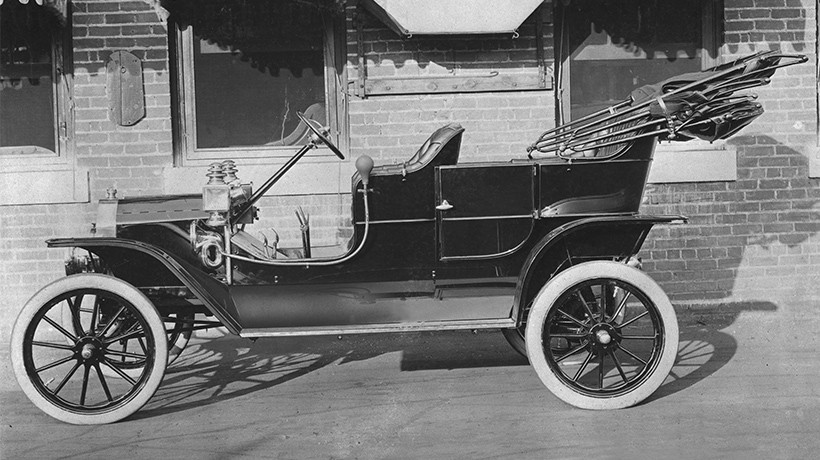
1908 Ford Model T
A farm boy himself, Henry Ford no doubt understood the farmer’s feelings. However, homespun and simple as he was, he resented the conventional wisdom that only the affluent could afford automobiles, even if his Ford Motor Company’s Model K cost $2,800. But if price was the point, then price he would provide, launching in 1906 the $600 Model N as the company’s sole model. He sold 8,243 in a 12-month period, five times more than the previous year’s sale of the more expensive model.
Despite encouraging sales, Ford felt the N, and the R and S it spawned, were too conventional. He needed a breakthrough. Therefore, early in 1907, Ford set up a room in a corner of his factory on Piquette Avenue in Detroit. He told Charlie Sorensen, foreman of the pattern shop, and Joseph Galamb, an engineer/draftsman, to get inside that room – “with a strong lock on the door” – and design a new car.
Without waiting for plans, working only on what he’d heard from Mr. Ford, Sorensen began bending sheet metal to form the new car.
The shape that rolled out of the shop several months later was a testament to form following function, not even a concept at the time. The T was designed to be efficient and practical. Its compact body was almost ungainly, tall, narrow, and high off the road – the vast clearance obviously in deference to the current roads. Whether or not Henry foresaw it at the time, the T’s road clearance, light weight, and tenacious engine would make it virtually unstoppable on rural roads and in open fields.
Also out of that room came an engine so advanced as to be almost experimental, a side-valve, 176.7 -cubic-inch four-cylinder cast in one block rather than the usual pair, incorporating the upper half of the crankcase, then typically a separate casting. This monoblock construction required a detachable head, which skeptics said couldn’t be done. It worked, and the concept soon became the industry standard. The crankshaft, of vanadium steel, looked spindly to contemporary eyes, but withstood testing and was more than sufficient for the engine’s 20-horsepower rating. Oiling was by splash, fuel feed by gravity, and although a centrifugal water pump was used on early Ts, thermosiphon cooling was soon adopted as effective, simpler, and cheaper.
The planetary transmission’s parts also were lighter than dictated by the thinking of the time. A magneto ignition system eliminated the battery, but the initial design shorted out consistently in testing until Henry and engineer “Spider” Huff developed a way of pressure-impregnating the magneto with varnish.
The chassis, two long, wooden side members and front and rear wood cross members, was light, strong, and devilishly simple, with front and rear axles on transverse semi-elliptic brings located by triangulated rods was connected to the car’s underside. The engine and transmission also were mounted on three points, the whole arrangement allowing the T’s suspension and chassis to twist flex over rough and rutted roads without breaking or binding the drivetrain.
Experienced Model T owners learned the starting routine and idiosyncrasies of their mounts. It’s safe to say, however, that things didn’t always go as planned. Too little choke or throttle, and engine wouldn’t start. Too much choke, and it would flood. Too much throttle, and it was off to the races, unattended. Too much spark advance, and it was off to the doctor to set that broken thumb or wrist. Cold-weather only complicated things. It was helpful to heat the intake manifold with hot water or – by the brave – with open flame. Spark plugs could be heated in the oven and inserted before they cooled. And because oil in the transmission had extra drag, jacking a rear wheel off the ground also eased starting.
The Ford Model T debuted, interestingly enough, at the Olympia (London) and Paris auto shows in November 1908, and wasn’t officially exhibited in America until December 31 at the Grand Central Palace. But by then, the T was already a sensation in the States. An announcement ad in the Saturday Evening Post on Friday, October 3, brought in 1,000 inquiries in Saturday’s mail, swamped mail clerks on Monday, and by Tuesday, “the office was well-nigh inundated.” The Model T wasn’t the least expensive car on the market, but it offered more than those costing twice as much. Cars selling for the price of a Model T usually made 10 horsepower or less, often with only two cylinders. A 20-horse Cadillac, however, sold for $2000.
By mid-1909, Ford had to tell dealers to send no more orders. It would be all the company could do to build 18,257 cars that year. Model T prices for 1909 started at $825 for a Runabout and went up to $1,000 for the ritzy Town Car. Six colors were offered; red, black, green, blue, and light and dark gray. They had brass trim, including kerosene-fueled cowl and taillights. Headlamps weren’t available at first, but became an option in mid-1909 – big, brass, and carbide fueled.

A Ford Model T climbs the steps of a YMCA i a publicity stunt.
Most Model T buyers were neophytes, never having owned or operated a car, so simplicity of operation was a major advantage. The Model T transmission was so much easier to use than the multi-gear crash boxes of other cars that some states had a separate license for the T. The first 500 or so were “two-pedal” cars, with reverse controlled by a lever. Later Ts had three pedals, but none was the familiar break or clutch. The right pedal applied rear-only brakes. The center pedal, when depressed, selected reverse. The left pedal was down for low, up for high, and somewhere in the middle for neutral. The combination handbrake/clutch was to the drivers left. Spark advance and throttle were on the steering column. Easy if you’ve never used anything else.
The Ford Model T was a delight to drive. Its engine performance was meager, but in keeping with its handling and braking. Roads then were mostly unpaved, and frequently muddy, but the T’s low gear was up to the muck. Top cruising speed was about 40 mph, but that was largely academic due to the typical road conditions. The rear-wheel drum brakes slowed the T gradually, and the inflated rubber bands on the wood spoked wheels weren’t of much help if you entered a turn too fast. Stopping was a process of using the foot brake until almost halting, then the combination handbrake/clutch lever.
Henry Ford had promised “the motorcar for the great multitude,” yet at 18,000 units per year the multitude would not be served, at least not for some time. Production had to be increased, and Ford did this by establishing branch plants where knocked-down kits were sent for assembly. This saved money, too, as the kits were cheaper to ship than completed automobiles. A new plant was also started in Highland Park, Michigan, to replace the original on Piquette Avenue. The new plant, perhaps the first factory built expressly for manufacture of automobiles and an early example of reinforced concrete in building, was built around the machinery rather than adapting the machines to the building. Ford also sited machinery relative to workflow instead of by type; rather than all lathes, for example, in the “lathe department,” they were placed in relationship to material flow.
Interchangeability was another Henry Ford prerequisite. Parts must be made so accurately that no fitting – no filing, sawing or hammering – would be required during the assembly. That’s expected today but in 1910 it was heresy.
Henry, appropriating and expanding the time and motion concepts of Frederick Taylor, looked at an entire process of assembly from beginning to end rather than the motions of just one worker. Ford was dissatisfied with the traditional assembly method, where cars were begun in batches of 50, not moving until wheels were fitted to the chassis, and only then rolled department to department for completion. It limited production increases to adding men and factory space, and simply wouldn’t do.

Henry and Edsel Ford in a Ford Model N, a predecessor of the Model T.
Ford’s innovative moving assembly line, which would impact on the manufacture of virtually everything, was inspired, Ford said, by meatpacking plants were hog carcasses were “disassembled” as they moved on a chain, never stopping as they passed the meat cutters. Ford’s famous first adaptations of that moving line came in 1913 in the manufacture of magnetos. Replacing a procedure where a single worker assembled whole magnetos from screws, washers, nuts, and parts was one where each worker performed one or two operations before passing it to the next worker, cutting assembly time from 15 or 20 minutes to just over 13. A motorized conveyor sped up work, and after refinement of operations, total assembly time was reduced to five minutes.
The new method allowed one unskilled worker to replace four or five skilled assemblers, so it wasn’t long before whole engines and transmissions were assembled that way.
Still, it took 12.5 hours to build a car on a 600-foot assembly line. But final assembly was still taking place in traditional static way where subassemblies came together. When that problem was solved with another moving line, a Model T could be assembled with only five man-hours of work. Further improvements in the process were made, and on October 7, 1913, on a moving assembly line at Highland Park, a Model T was assembled in just under three hours. By April 30 the following year, assembly time had fallen to just 93 minutes.
Henry Ford waxed poetic: “Every piece of work in the shop moves. It may be on hooks, on overhead chains… It may travel on a moving platform, or it may go by gravity, but the point is that there is no lifting or trucking… No workman has anything to do with moving or lifting anything.”
Save 10 steps for each of 12,000 employees, Henry figured, and you’ve saved 50 miles of unproductive walking. As result, instead of the number of employees rising with the number of vehicles produced – the payroll had doubled between 1912 and 1913 – the payroll dropped from 14,336 before the assembly line to 12,880, while production doubled to almost 200,000 cars in 1914.
The Model T, or flivver, became part of the popular culture and songs, stories, and, especially, jokes. Like the one about the fellow who wanted to be buried with this Ford because there had never been a hole it hadn’t gotten him out of. Or affectionately less so, as in the one about the Ford that broke down in front of a junk shop. The owner ran in and spent 30¢ on a bed spring, a broken flyswatter, and other odds and ends, and before long the Ford was running. The shop owner removed the “Junk of All Kinds” sign and replaced it with “Ford Parts and Accessories.” Another told how a speedometer would be redundant on a Ford: One knew how fast the car was going by what vibrated or shook.
Despite the myth that every Model T was like another, there was a constant effort to make changes to make the car less expensive to build. For example, a bracket was eliminated simply by making the frame longer. If the bracket took a minute to install, its absence on 200,000 cars saved 3,300 installation hours – not to mention the material cost savings for the bracket, screws, and washers.
Ford also eliminated such luxuries as expensive trim, the bright brass radiator, lamps, horn, and so on, succumbing to a black painted shell in 1917. The famous “any color as long as it’s black” began in 1914 because the black Japan enamel was the only paint that would dry fast enough for the new assembly line. A year later, the cherrywood dash was replaced by a curved steel cowl, and upholstery, probably all leather in the beginning, had an increasing percentage of leatherette every year, though the scrap wood seat base seemed a constant.
Ford also shopped suppliers – model years often can be determined by a car’s accessories – and made changes to better and cheaper designs. The cost savings enabled Henry to lower the price continually, to $490 in 1914, $440 in 1915, and still maintain a surplus in Ford’s coffers.
Historians debate credit for the idea, but on January 5, 1914, Ford made his historic decision: Henceforth, the standard wage for working man at Ford would be $5 per day and shifts were decreased from 10 to 8 hours. The eight-hour day merely let Ford run three shifts instead of two, maximizing use of his factory, and the “Five Dollar Day” also had a number of qualifications, including the requirement of “a clean, sober, and industrious life.” But the new wage was a bombshell. It was double the going rate, causing other manufacturers to shudder, The New York Times to ask Henry if he was a Socialist, and Socialists did announce it as a “detestable trap.” How might a man throw off his chains if he were paid so well! If the T was going to enable people to break the travel barrier, the Five Dollar Day, and its repercussions throughout the industry, was going to enable factory workers to break the barrier of impoverishing wages.
The new wage was accompanied by the founding of the Ford Sociological Department, overbearingly paternalistic from a modern viewpoint, although not unreasonable for the time. Henry wanted to be sure his workers could handle their newfound wealth – anything else would be considered reckless – and the department not only helped with morality but sanitation and health, which were truly lacking in many workers’ homes. English-language classes were mandatory for foreign-born workers, who composed 71 percent of Ford’s employees. Ford believed in America as melting pot, as did the immigrants, but a common language on the shop floor was safer and more efficient. The Sociological Department also identified jobs that could be done by the handicapped – more than 1,000 – who were generally considered unemployable elsewhere.
In 1915, the Model T accounted for 45 percent of all automobile sales. But there was inexpensive competition from Chevrolet and Ford’s earlier supplier, the Dodge brothers. To maintain its sales leadership, in 1916, Ford lowered the price for a touring car to $360, a runabout to $345 and a sedan to $545, and still made money. This was possible, Ford explained, by the increase in volume the lower price brought.
During the Great War, Ford’s automobile output had fallen, with production of war material taking its place. What few vehicles were built when primarily to the military. “Hunka Ten,” they affectionately called it Over There, with apologies to Kipling.
At war’s end, however, it quickly became a sellers market, with sales reaching a new high at just more than three quarters of a million Model Ts in 1919. How wrong his advisors were, Henry must’ve thought, when they said a new model was needed. He only reluctantly allowed an optional electric starter, which he considered an unmanly luxury.
Just before the recession of 1920, Ford virtually sacked his treasury for cash to buy back the shares of all minority stockholders. The recession that followed the government’s anti-inflationary cutbacks, combined with the buy-back, left Ford Motor Co. seriously strapped for cash. Rather than go to banks, which he despised, Henry savagely cut back Ford bureaucracy – for which he had little use anyway – and leaned on dealers by making them take on extra inventory and pay sooner. The crisis passed, the Ford Motor Co. Was leaner than ever. Instead of 15 men per car per day – counting blue- and white-collar employees – Ford needed only nine.
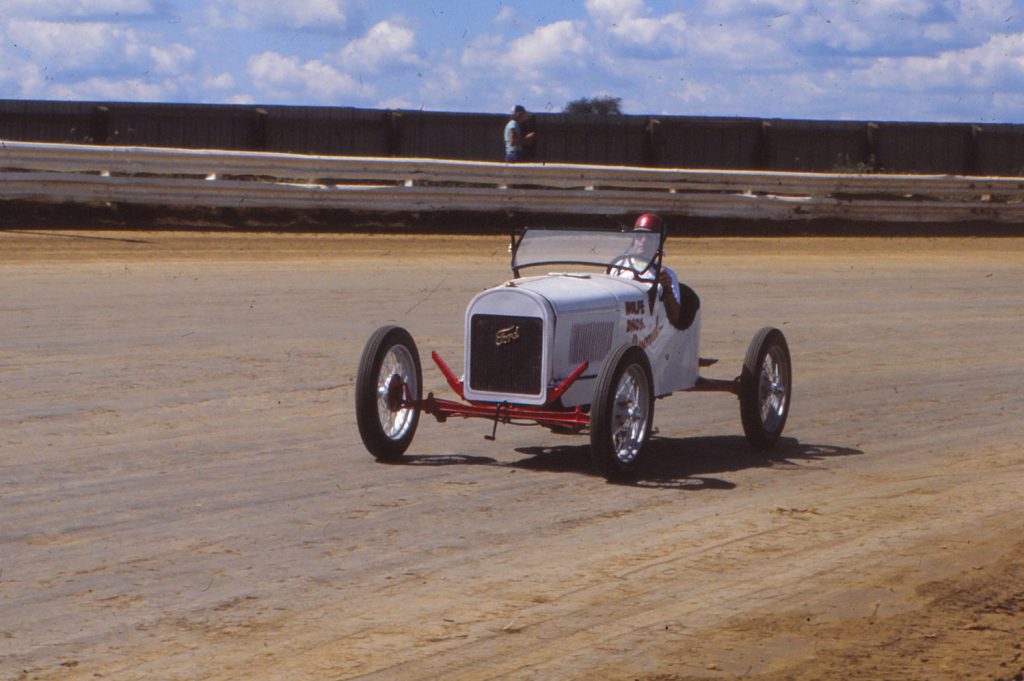
The author takes to the track in a “stripped” Model T on a Pennsylvania dirt track where hundreds of likely raced in the ’20s and ’30s. Read about it here.
The first Model Ts had scarcely left the factory before people began to try to make them go faster. The T was, even in stock form, sufficiently lively to win races against heavier and more powerful automobiles, enough so that race organizers began requiring Model Ts to carry ballast. When that happened, Ford ceased all factory competition, believing it served its purpose anyway. But others saw opportunity. RAJO and Laurel performance heads were available and even, for a substantial price, 16-valve heads. Probably the most famous of all the aftermarket head builders was Frontenac, who developed an overhead-valve head. And eight-valve “Fronty-Ford” finished fifth in the 1923 Indy 500. Magazines ran frequent racer and speedster how-to stories, and body kits and plans were available. With used Model T prices in the ‘20s falling to $25, the cars were often raced stock or “stripped,” as preliminary races at local fairgrounds events. Most American racers started behind the wheel of a Model T. Fair enough. Henry Ford had started the Ford Motor Co. on the strength of racing successes of Barney Oldfield and car 999. The Model T had been proven by beating all comers in a 1909 transcontinental race and in races in and around the Midwest in 1910. It’s ironic that in 1926, near the end of the T’s production, “Cannon Ball” Baker chose a Model T for his famous record-setting run, five days, two hours, and 13 minutes, from Perth Amboy, New Jersey, to Los Angeles, California.
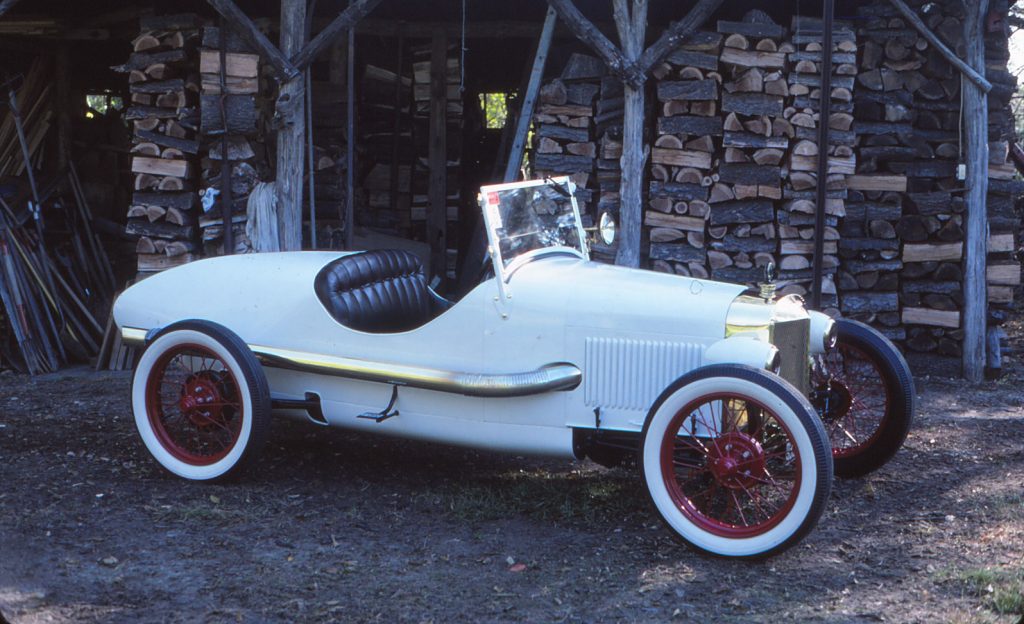
The Model T inspired hotrodders who could buy speed parts and body templates from advertisers in contemporary magazines. The author drove this one; Read about it here.
Sales of the Model T, despite the car being apparently antiquated, reached almost 1.5 million in 1921. This record no doubt pleased Henry, who still believed the Model T was as much automobile as anyone would ever need. In 1923, the total topped 2 million, and would come just short of that number in each of the following two years. But sales resistance grew as other makers began to offer style with transportation at prices not much higher than the Model T’s. Ford’s advertising department, defunct during World War I, was reestablished in 1923 to counter opposition. That same year, the body was lightly restyled. The following year, the price for a touring car was decreased to $290. Lowering the body and frame followed in 1926, along with the more noticeable addition of colors, thanks to new quick-drying lacquers and the option of a nickel-plated radiator and wire wheels.
Chevrolet, meanwhile, had the Model T clearly in its sights, advertising itself as “The World’s Lowest Priced Quality Automobile,” and pointing out Chevrolet’s attributes versus Ford’s: “Standard gear transmission versus planetary, water pump versus thermosiphon, 103-inch wheelbase versus 100, Alamite lubrication system versus splash lube, Remy ignition versus spark coil and timer, rear mounted gas tank versus a tank under the front seat, four springs versus two, and a foot accelerator versus a hand throttle.”
Yet, while the Model T had outsold his nearest rival six to one in 1924, the ratio slipped to four to one the next year, and then two to oe. In 1924, Model T production out-numbered all other makes combined by 700,000; in 1925, the Model T trailed the rest of the industry by 350,000. In 1926 Henry Ford began suppressing production numbers, and despite two price reductions that year, Ford accounted for only a third of the total industry figure.
If Ford price reductions were no longer the front-page news they once had been, Henry and son Edsel together driving the 15 millionth Ford off the production line still were. But that day, May 26, 1927, they announced the production of the model T would soon end. And on May 311, it did, with Ford records showing that 15,007,033 had been built.
To many, it was like a death in the family. Former Model T owner E.B. White would later write, “It was like the miracle God had wrought. And it was patently the sort of thing that could only happen once.”
When the Model T arrived, America was struggling out of the 19th century with its horse-oriented infrastructure, miserably low wages for the working man, limited horizons – literally and figuratively – for most citizens, living conditions basically unchanged for decades. The Model T didn’t single-handedly change all that, but it’s safe to say the Model T – and Henry Ford – sped the process dramatically. Call it the car that changed a nation.

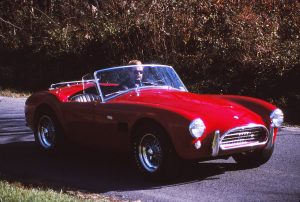
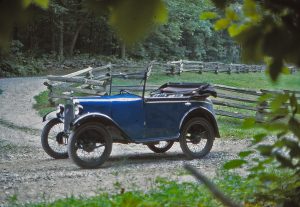
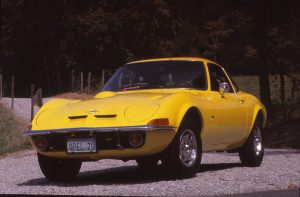
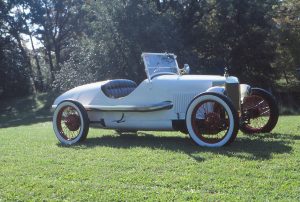
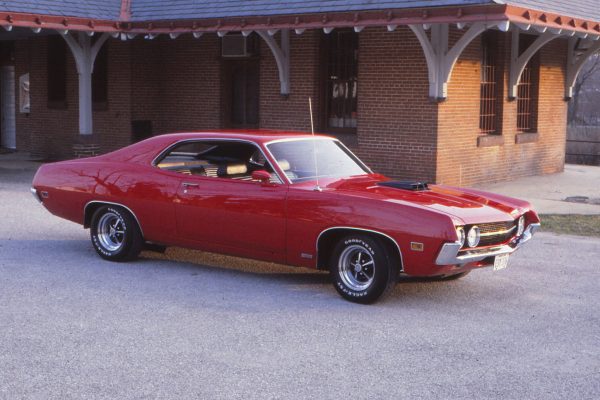
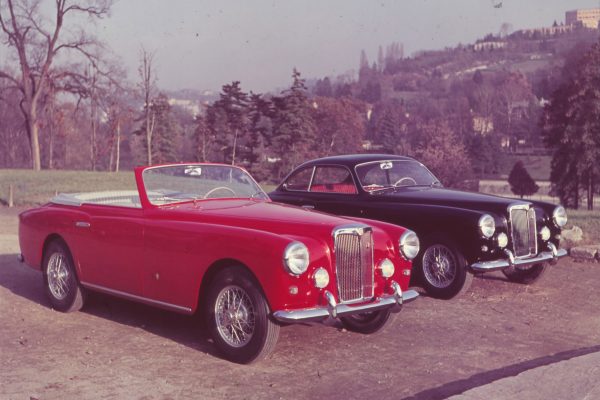
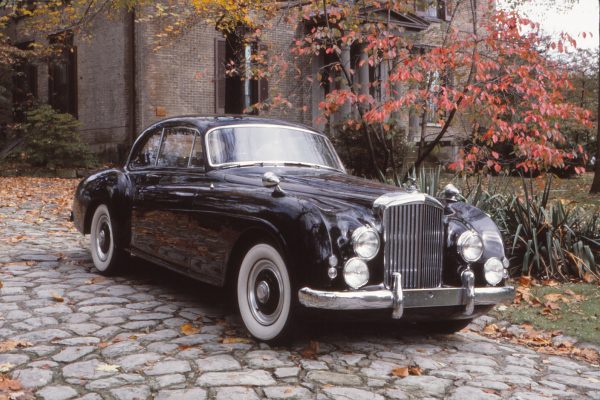
What Do You Think?
You must be logged in to post a comment.